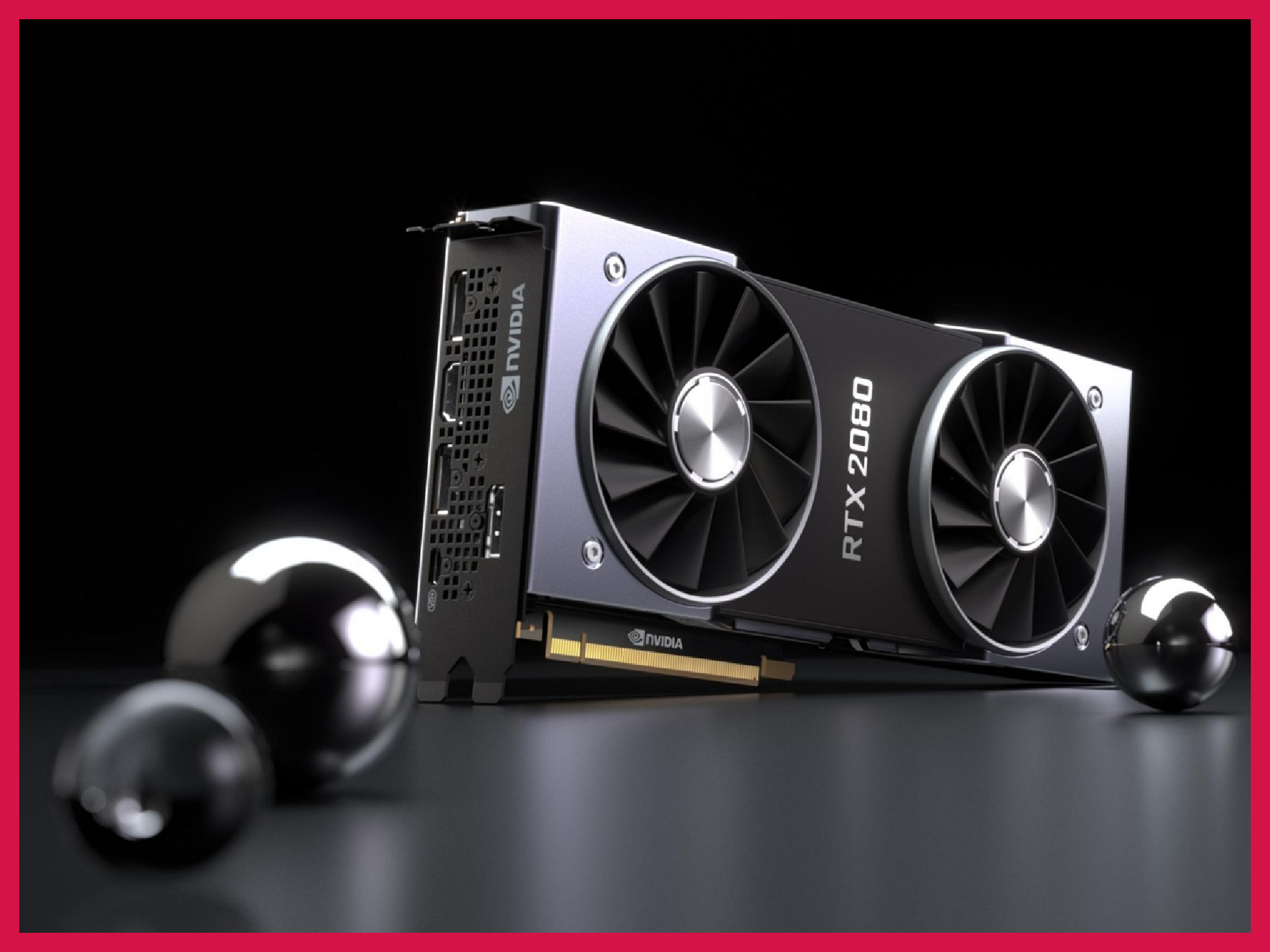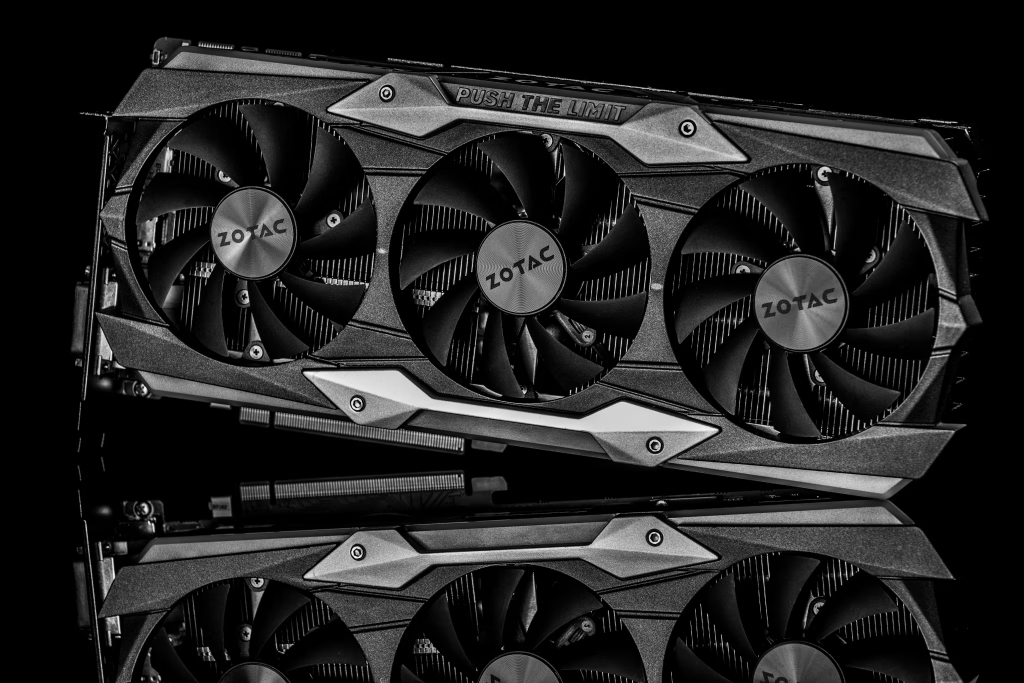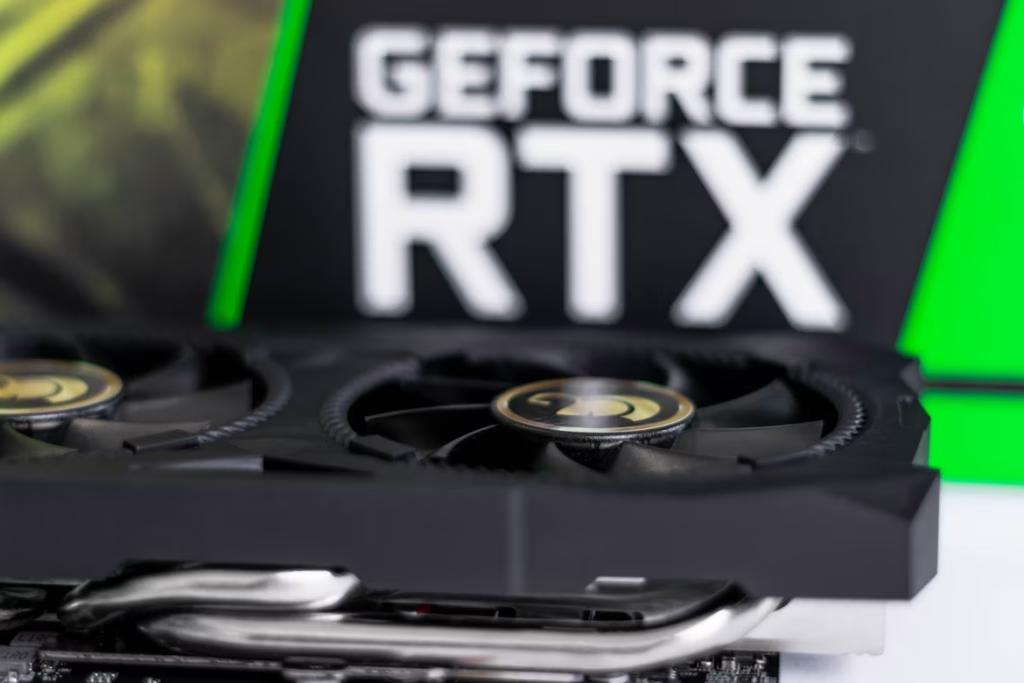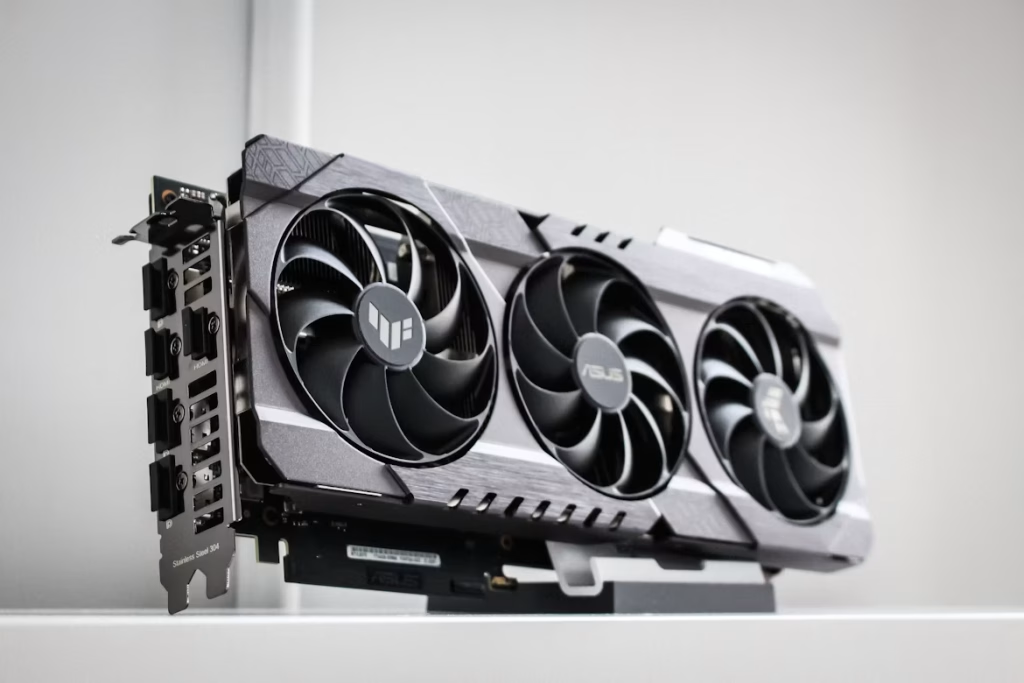Nvidia GeForce RTX 2080 Ti packs 13.45 teraflops. Even the official website of Nvidia makes no mention of the teraflops on its 2080 Ti page.
I’ll also talk about what are teraflops, why they matter in gaming, and how well does the 2080 Ti fare against other high-end video cards from both, Nvidia and AMD.
Apart from a whopping 13.45 teraflops worth of power, RTX 2080 Ti additionally boasts of real-time ray-tracing, DLSS 2.0 AI-enhanced graphics, 13-phase power supply for overclocking support, 13-blade fans and a vapor chamber for amazing cooling, and more.
Teraflops is also called peak single-precision compute performance.
The Founders Edition has a 1635 MHz (overclocked) boost clock as compared to the 1545 MHz on the normal Ti. The frame buffer is 11GB GDDR6 and the memory speed is 14 Gbps.
Gaming performance with the 2080 Ti
Games look absolutely stunning.
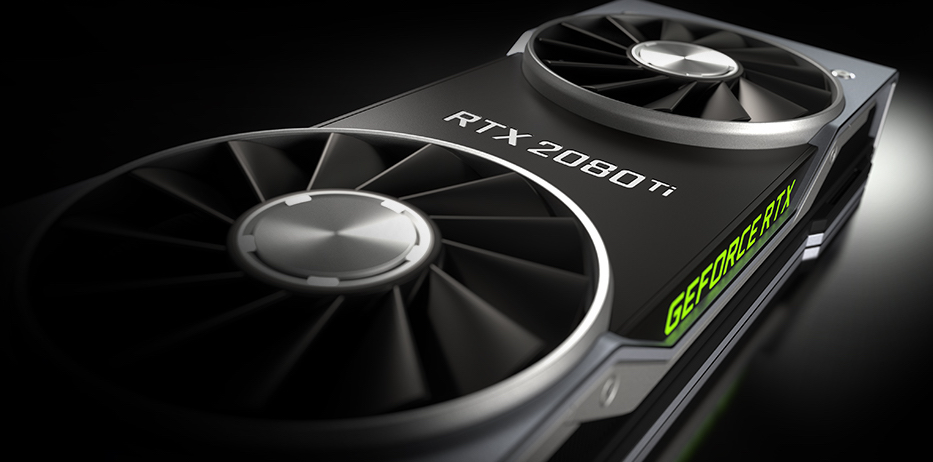
The 2080 Ti delivers an exceptional performance with its 4352 CUDA cores, 78T RTX-OPS, 10 Giga Rays per second, and hardware-accelerated ray tracing.
This VR-ready card supports a resolution up to 7680×4320 (8K) – although you’re bound to get some FPS loss there (on high-end graphics) or some detail loss (low-end graphics, but high FPS). However, it handles anything up until 4K (3840×2160) pretty well.
Comparison with others
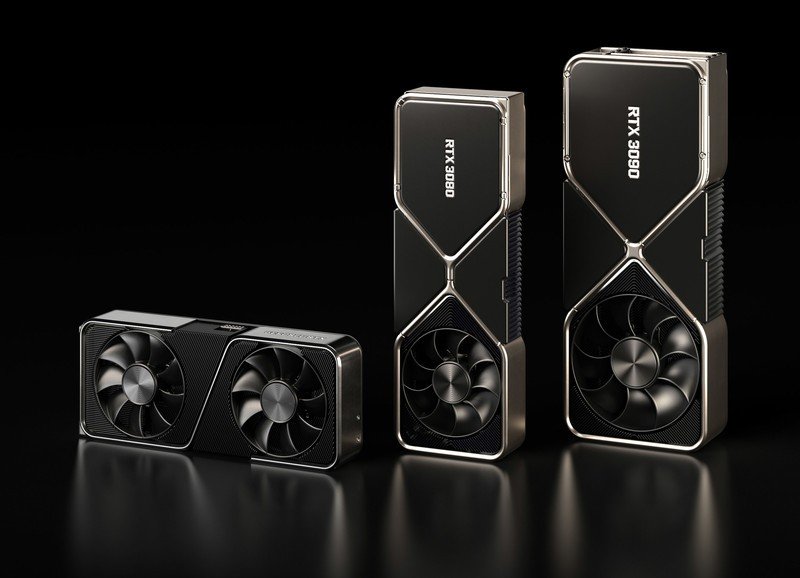
So, 2080 Ti packs 13.45 teraflops worth of computational power. How does it fare against closest competitors and newer models?
- Nvidia 3060: 12.74 teraflops.
- Nvidia 3070: 20.31 teraflops.
- Nvidia 3080: 29.77 teraflops.
- Nvidia 3090: 35.58 teraflops.
- Nvidia 3080 Ti Founders Edition: 34.10 teraflops.
Older Nvidia cards:
- Nvidia 1660 Ti: 5.437 teraflops.
- Nvidia 1080 Ti: 11.34 teraflops.
And here’s what camp red’s got:
- AMD RX 6700 XT: 13.21 teraflops.
- AMD RX 6800: 16.17 teraflops.
- AMD RX 6800 XT: 20.74 teraflops.
- AMD RX 6900 XT: 23.04 teraflops.
Older AMD cards:
- AMD RX 580: 6.175 teraflops.
- AMD RX 570: 5.095 teraflops.
Xbox One has 6 teraflops whereas the Xbox Series X has 12 teraflops.
Why do teraflops ratings matter?
Unlike the clock speed (measured in GHz), measuring the direct mathematical performance of the graphics card (in teraflop) is sometimes much more accurate.
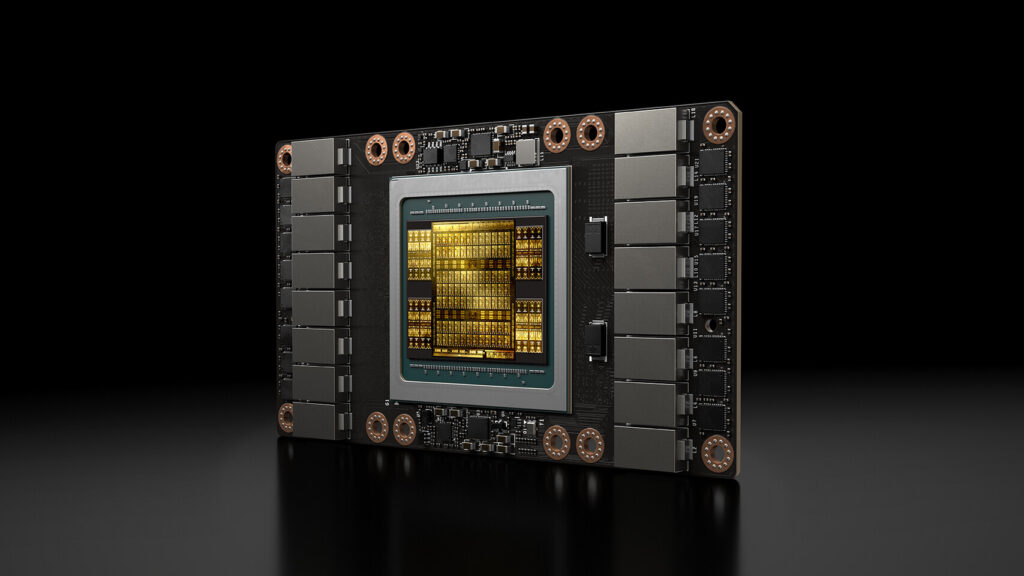
Teraflop means the ability of a GPU to calculate a trillion floating-point operations in a second. This means that the RTX 2080 Ti is capable of handling 13.45 trillion floating-point operations per second.
A higher teraflop count is very important for supporting higher resolutions, higher framerates, and ultimately, more efficient hardware-accelerated ray tracing.
So, what does it all get down to? What are floating-point operations and how do they influence gaming?
Brief history of FLOPS
Well, historically (before the time of GPUs and high-end games), computers have been ranked on their computational power.
FLOPS simply means floating-point operations.
A floating-point number differs from a whole integer number in that it includes all integers, fractions, numbers with decimals, and even irrational numbers. Solving a calculation or equation that involves floating-point numbers is the true benchmark of computation power, as a computer regularly deals with such operations in contrast to only dealing with whole integers.
For example, 458.5*561.0021 is a floating-point operation. 458*561 is an operation involving only whole integers. Of course, games don’t run on multiplication. Bear with me.
FLOPS turned out to be the de facto computational rating for PCs. A basic calculator device needs around 10 FLOPS to give instant results.
How does gaming come into play?
Games are elaborate pieces of software. Every action that you take in a game is essentially a calculation. All variables, actions, settings, and events in games are complex calculations that are handled by a specialized unit called the GPU, as the normal hardware (the processor and RAM) is not equipped to handle this much computation.
How fast can a GPU do these computations directly correlates with how fast can the game be played.
That’s why 2080 Ti’s 13.45 teraflops worth of power is stunning.
Teraflops – 16-bit, 32-bit, and 64-bit
There are three types of teraflop ratings – 16-bit (neural networks and simpler tasks), 32-bit (primarily for 3D gaming), and 64-bit. These are abbreviated as FP16, FP32, and FP64 respectively. We mainly focus on FP32 as that’s the rating most important for finding out how well a game can be played on a computer.
FP16 is also called half, FP32 float, and FP64 double.
For reference, the FP16 rating of 2080 Ti is 26.90 teraflops and its FP64 rating is 420.2 gigaflops only.
Also read: Water cooling block for RTX 2080 Ti


